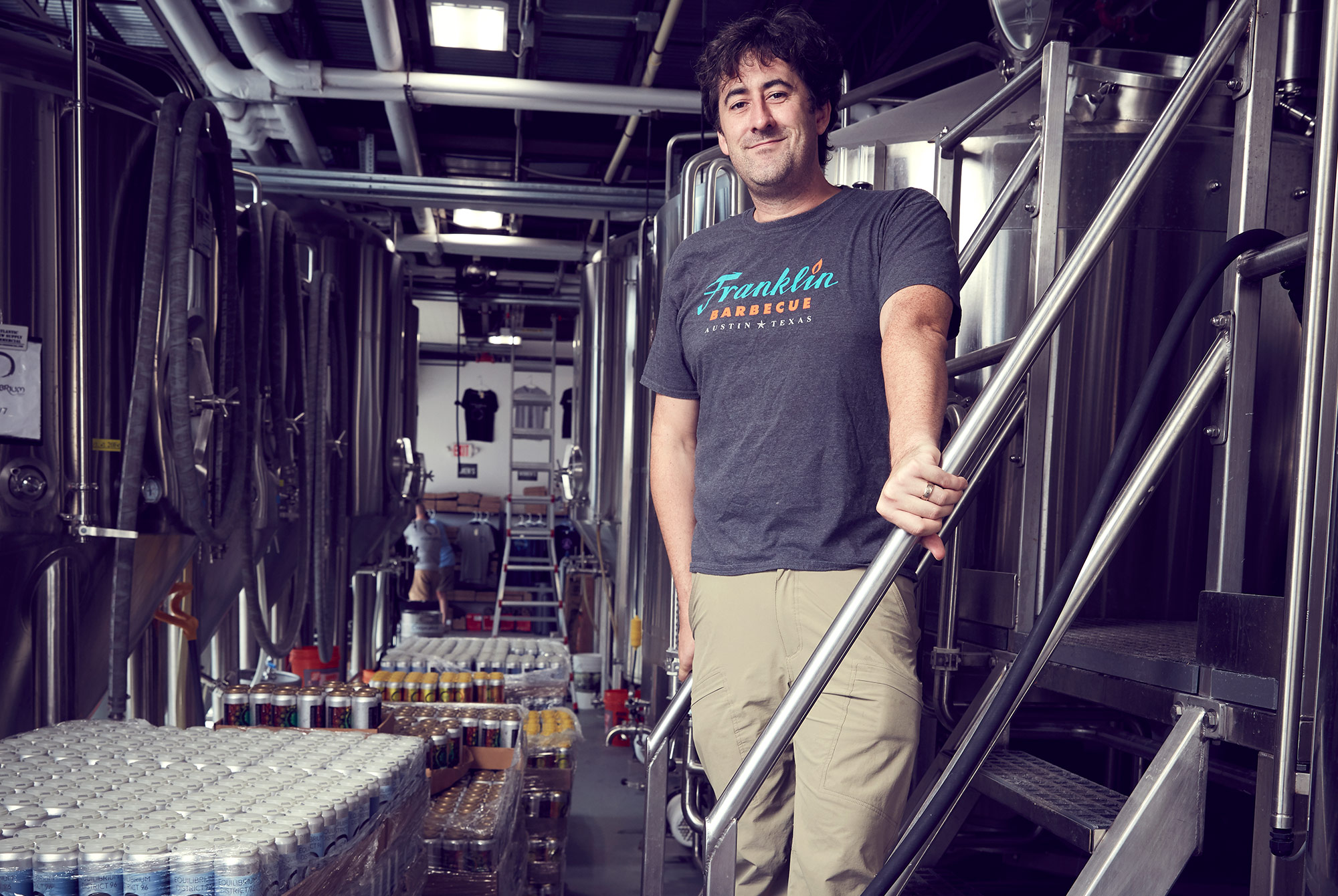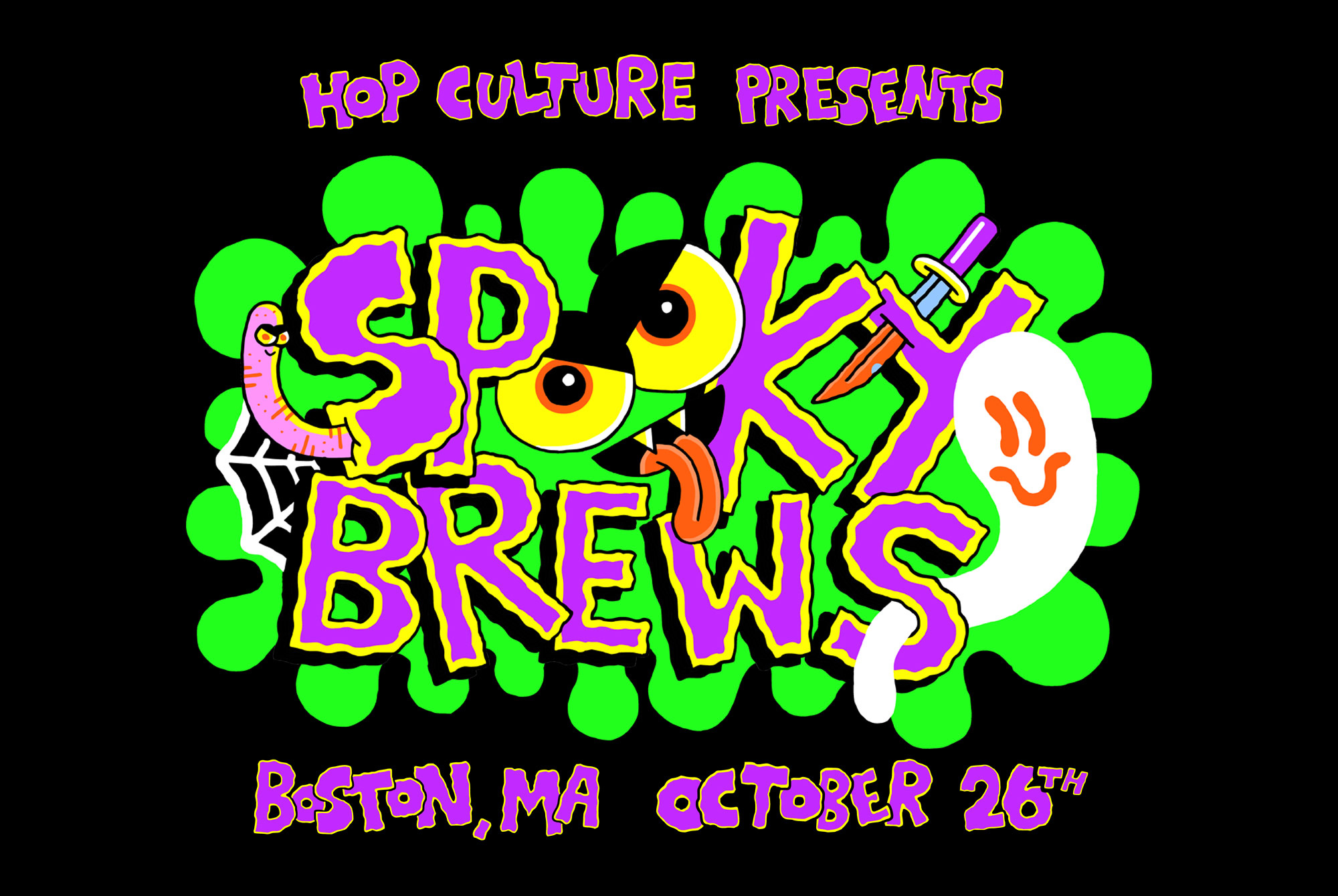Shop
How Equilibrium Takes a Scientific Approach to Hazy IPAs
A conversation with Pete Oates, brewmaster and owner at Equilibrium.
Catch Equilibrium at Spooky Brews in Boston on October 26th. Tickets available now!
Pete Oates, the brewmaster and an owner of Equilibrium Brewery, in Middletown, New York, was recently talking about the titular man-hunting creatures of the Predator franchise. “I was nine years old the first time I watched the original Predator, and I quickly concluded that I would just be prey,” he said. “There’s nothing I could do to get away from those things.”
However slim his chances may be at escaping the designs of a large, lizard-looking alien, Oates, who is 40, is more than surviving in the beer world with Equilibrium, which he opened in 2016 with Ricardo Petroni, 47. The brewery is anything but prey.
In just two years, Equilibrium has emerged as a premier producer of New England-style IPA. Fans from across the country flock to the brewery for a chance to buy limited quantities of highly regarded IPAs (many have ratings above 4.0, out of a possible 5.0, on Untappd) bearing names that speak of Oates and Petroni’s backgrounds in science and math, like MC². (Both partners graduated from M.I.T. and worked together at an environmental engineering firm.) The brewery’s name itself, Oates says, refers to using scientific principles to balance drinkability and massive flavor. “It’s about achieving equilibrium in each beer.”

Equilibrium has garnered praise not only for its hazy, juicy IPAs, which sell quickly to customers that begin lining up hours before the start of releases, but for sours as well. At TAP New York, a long-running annual beer festival, in April, the cherry variant of There and Back Again, its series of sour ales made with different fruits, won the Brewers’ Governors’ Cup, awarded to the best craft beer in New York State.
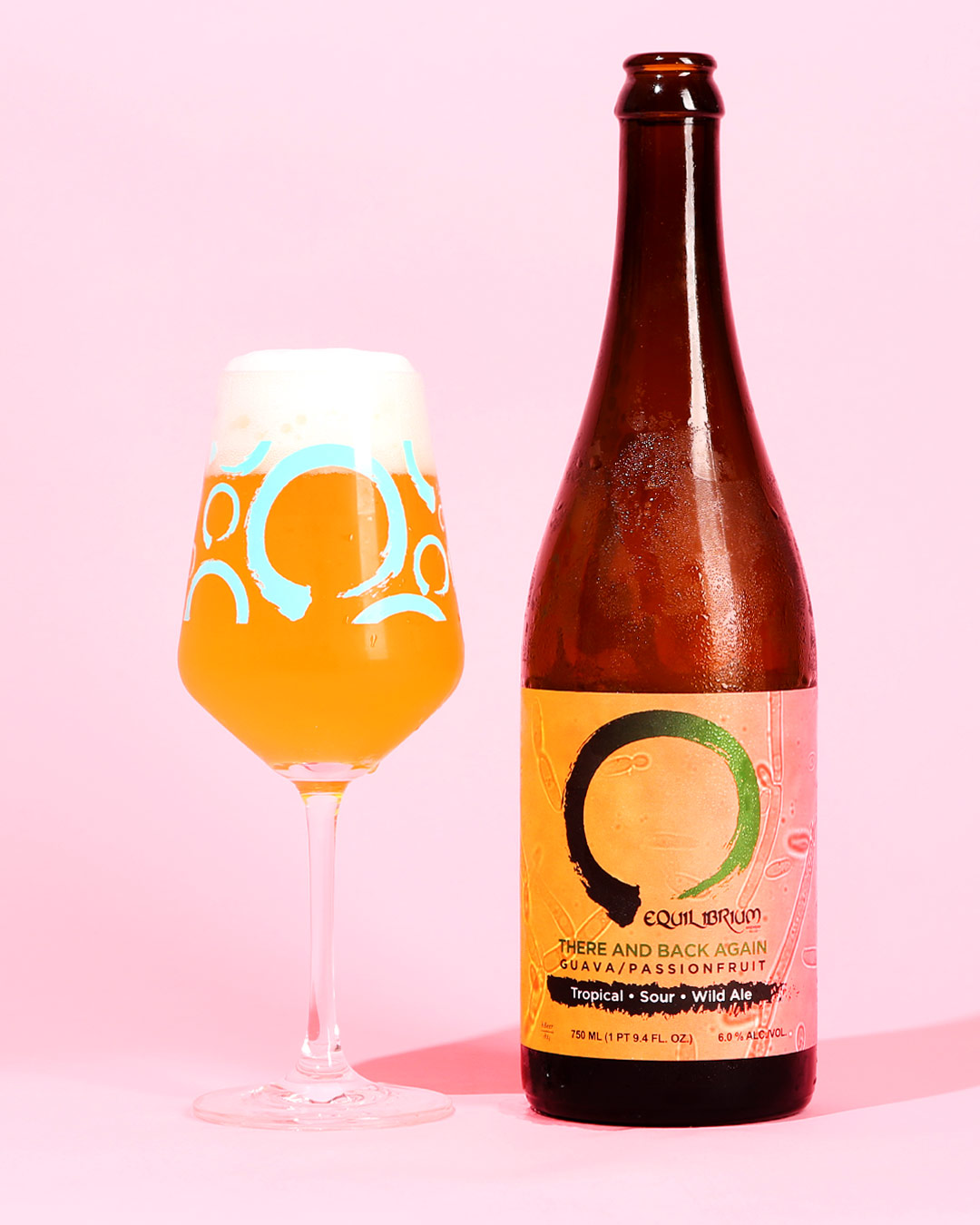
Equilibrium, which is housed in a former meatpacking plant, recently announced plans to add a second location in Middletown, to house its first taproom, reinforcing story from The New York Times early this year that included the brewery among several credited with helping revive their local economies. Over a few cans of Sexual Fluctuation, a delicious double IPA brewed in collaboration with District 96 Beer Company, located nearby in New City, Oates spoke about the expansion and, unsurprisingly, IPAs. (He did not comment further on the Predators, but you can ask him at Spooky Brews!) Our conversation has been lightly edited for clarity and length.
Niko Krommydas: You and Ricardo never crossed paths at M.I.T.?
Pete Oates: No, Ricardo was there before me doing his master’s. I was there after him for my master’s and doctorate. We met about two years after I graduated, working together at the firm.
NK: How does your environmental-engineering background influence the way you brew?
PO: It’s been critical. I don’t have a brewing background or mentor who trained me how to brew. I just have a drinking background. [Laughs.] My education and application in chemistry, biology, fluid mechanics, and engineering has been critical to understanding traditional processes in brewing, as well as developing our own. Currently, I’ve been developing a mathematical model for our hop process to confirm our conceptual model and optimize the application of hops to our beers. It’s provided some fairly stunning insights and has been changing the ways we do things.
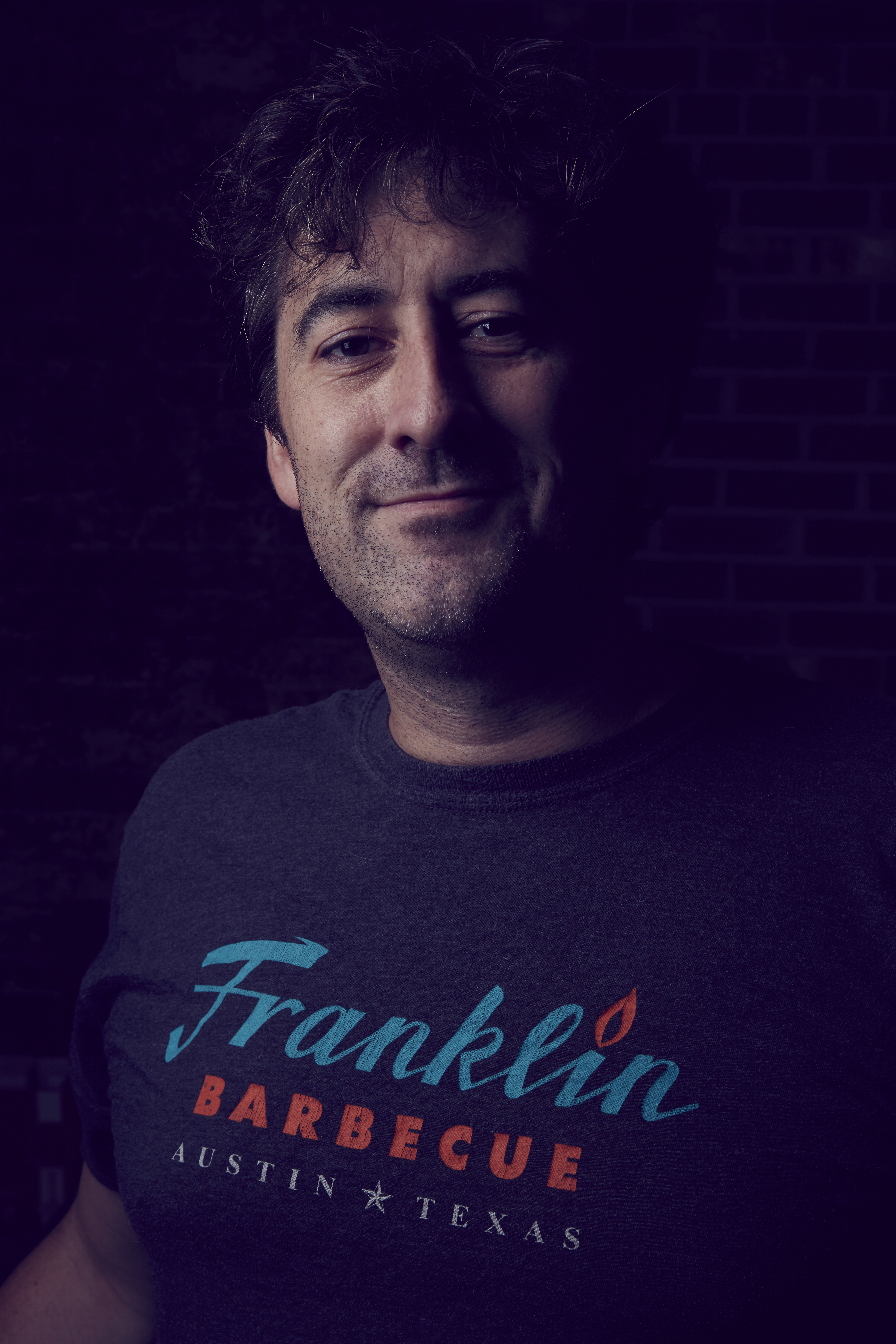
Photography by Matt Furman
NK: Can you talk at all about the mathematical model, or how you hope to optimize your application of hops?
PO: Nope.
NK: Your brewery has emerged as one of the country’s most highly regarded producers of New England-style IPA. Was brewing hazy, massively hop-saturated, juicy IPAs the focus of your original business plan?
PO: Our original and current business plan is to brew what we want to drink, which is mostly juicy IPAs. We had to make a decision to focus on sours or stouts when we opened. We chose sours. We’re just now getting our dark-beer program up and going.
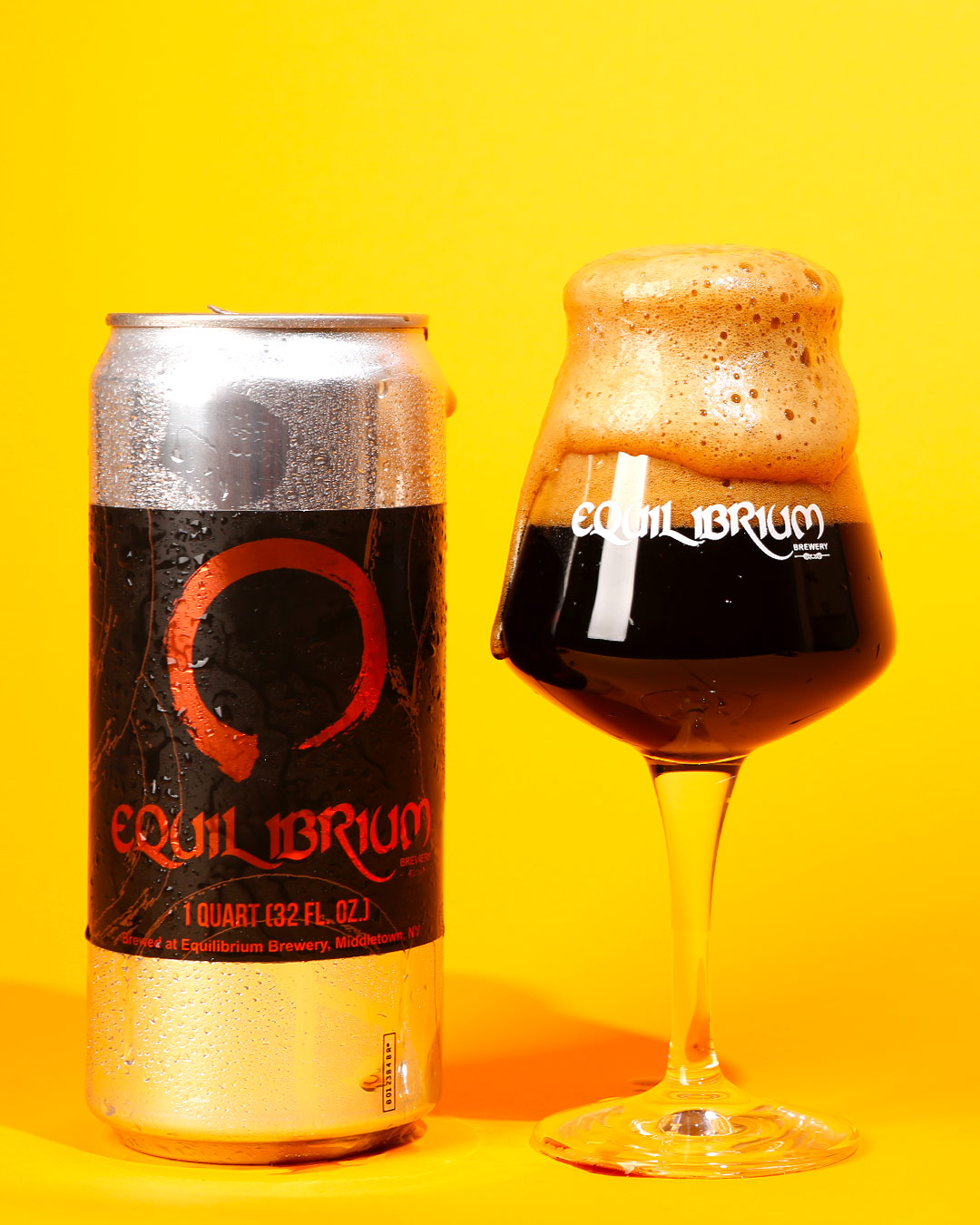
NK: Where do you see IPA going? Will the New England style continue to grow in popularity, and will its naysayers ever accept it as a legitimate category?
PO: IPAs are here to stay simply because they are delicious to drink. I honestly don’t get too wrapped up around different categories. IPAs to me are on a continuous spectrum. I don’t really see measurement like a turbidity unit separating an east coast versus west coast IPA. They’re all IPAs.
NK: Brut IPA, seen by some as the clear counter to the New England style, is starting to bubble, with brewers across the country creating their own versions. Do you have plans to make a brut IPA?
PO: Not at the moment, as our focus is refining our hop process and getting our barrel program going, as well as finally opening our own taproom. However, if we drink one that blows our hair back we would certainly look into it. One of the things I love about the beer community is during Saturday morning bottle shares before our releases, I get to try so many different beers. The brut IPAs I’ve had so far struck me as seltzer-y but like all beers we try, we will keep an open mind.
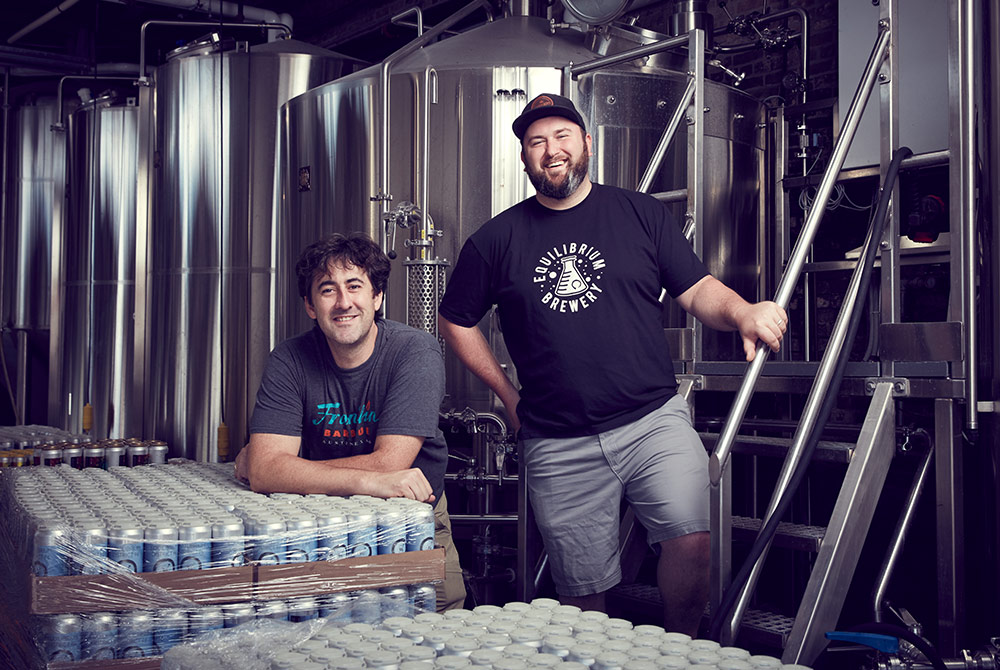
Photography by Matt Furman
NK: The waiting line has become a hot topic of debate in the industry. Brewers are taking steps to manage their lines, even eliminate them, but some feel that the wait is as integral to the release as the wares. Your fans routinely queue up hours before new releases. Is that helpful or harmful to what you’re trying to accomplish, or is it neither?
PO: Our experience is that different people like different things. We were certainly surprised that people were there before we opened for our first few releases. We personally love the line culture and bottle shares as it’s a great time, great way to meet new people, and a chance to share amazing beers. However, we have also realized that this experience is not for everyone, which is why we started to hold back beers for the following Thursday and Friday so that people who don’t like the “line life” can still have access to our beers. We’re trying our best to cater to both worlds. But you’ll normally find some of us hanging out, sharing bottles in the morning.
NK: Some brewers that haven’t attempted to brew the New England style or haven’t had as much success with it tend to be derisive of the Instagram culture surrounding it. What’s your take on social media in beer?
PO: Instagram is an important tool for us. It helps us network and provide information on what we’re doing, where we’ll be, and what we’re releasing. Consumers and beer fans in turn help drive excitement when they appreciate the content. We also feel it’s a great opportunity to talk and connect with our customers. With regard to hazy IPAs, the style of beer looks good, with a photogenic bright yellow-orangish glow. However, at the end of the day, Instagram is just looks. The beer needs to back up good looks with an amazing drinking experience. Brewers should focus on the drinking experience, as that’s the business we’re in.
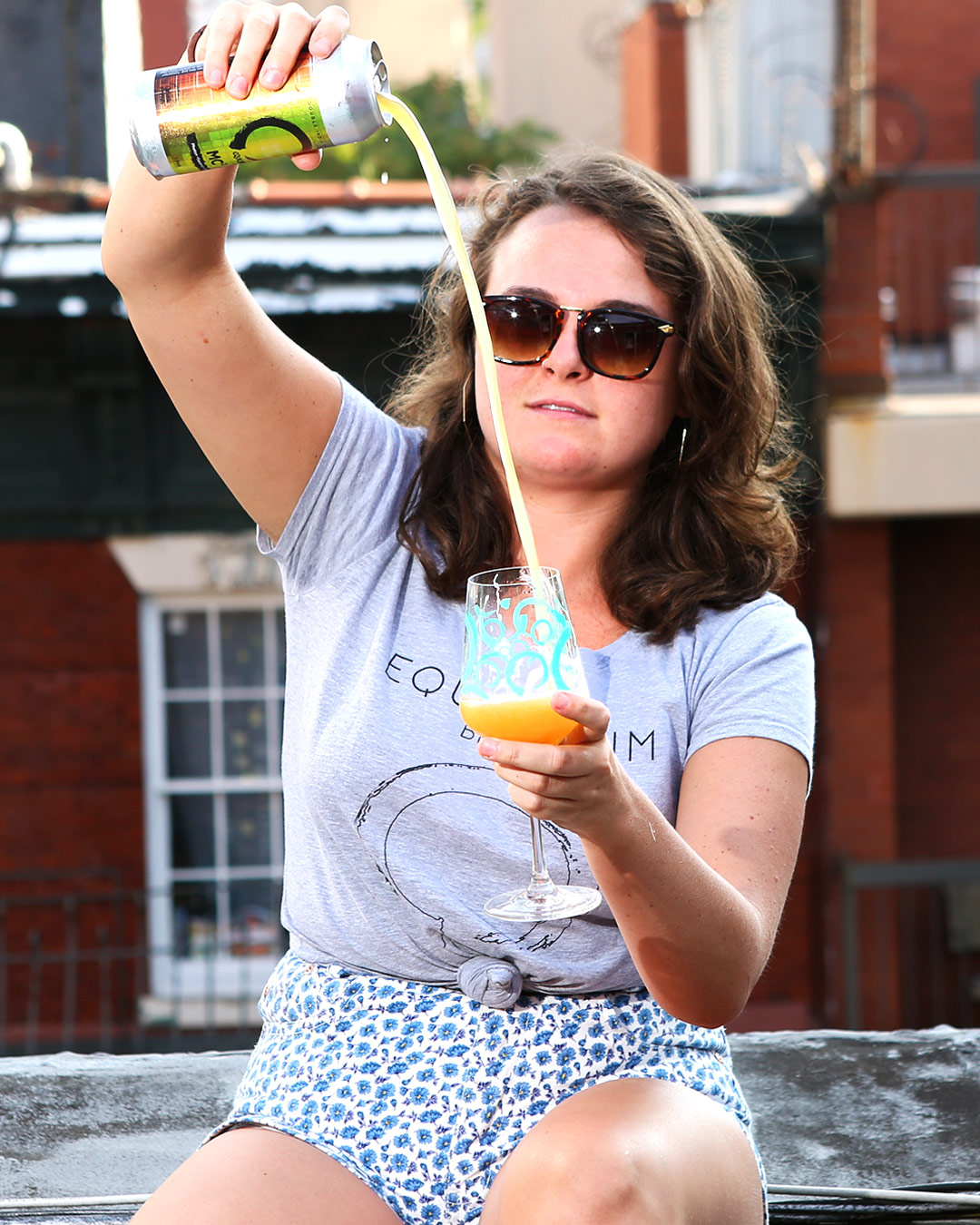
NK: I’m always curious about brewers and their hop contracts. With the increase in demand for hoppy beers, how far in advance have you had to line up your contracts? Have you ever have to pivot from a recipe due to a shortage of a given variety?
PO: We have contracts lined up for a few years. We wish we had more Galaxy and could try running Nelson through our process.
NK: Scientists have figured out how to produce hoppy flavors without using hops themselves. Given hop compound biotransformation and its critical importance in enhancing flavor, do you view this as a useful discovery?
PO: I haven’t tried a beer that uses any of this stuff, so I can’t answer this until I see firsthand how it alters the drinking experience. The idea is certainly interesting.
NK: You recently announced plans to build out the brewery a bit. Can you elaborate?
PO: We plan to open a taproom for on-site pours as soon as possible and to develop a barrel program. We’re not expanding our brewhouse, but we’ll likely add some more fermentors.
Liked this article? Sign up for our newsletter to get the best craft beer writing on the web delivered straight to your inbox.

